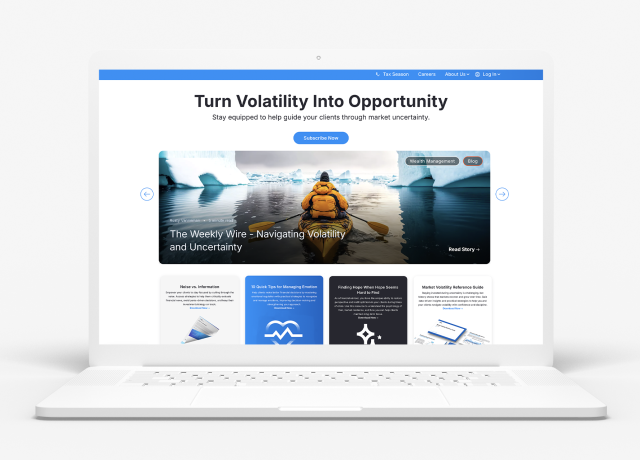Investors often fret over external factors; the next presidential tweet, Federal Reserve policies, or wars erupting in distant lands. The instinct to worry about uncontrollable events seems hardwired. Yet, when it comes to financial success, these externalities pale in significance compared to the one factor investors can truly influence: themselves.
Financial markets are uncertain and influenced by countless unpredictable factors. Investors frequently obsess over predicting outcomes — trying to foresee market crashes, interest rate shifts, or global political tensions. But Benjamin Graham captured the true essence of investment risk: "The investor's chief problem — and even his worst enemy — is likely to be himself."
Extensive research underscores Graham’s wisdom. Studies consistently highlight that investor behavior, not external events, is the main determinant of investment returns. For instance, the well-known DALBAR study reveals a striking "behavior gap." Over a 30-year span ending in 2013, the S&P 500 yielded an annual total return of 11.1%, yet the average investor captured only 3.69% per year. Most of this underperformance stemmed from poor timing decisions — investors chasing performance, panicking in downturns, and lacking patience when it matters most.1
The research backs up Ben’s wisdom. The latest data from DALBAR reveal that both stock and bond investors underperformed benchmark indexes (5.5 percentage points for equity investors, 2.6 percentage points for fixed-income investors).1 People lost ground to market averages due to poor timing decisions, including FOMO buying, panic selling, and lacking patience when it matters most. DALBAR’s numbers wobble each year, but whatever the true figures, it’s clear that investors leave valuable returns on the table, all thanks to, well, themselves.





























